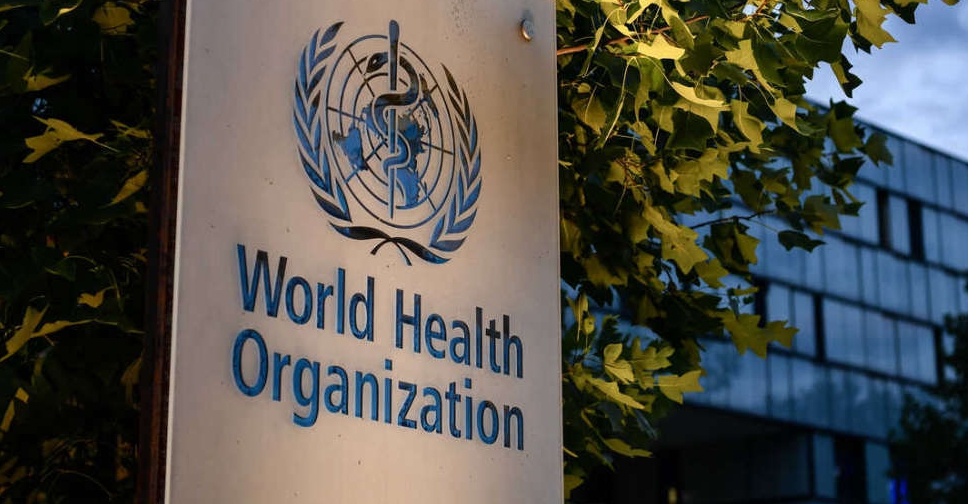
A study conducted by the World Health Organization (WHO) has revealed that approximately 1.8 billion adults worldwide have not been meeting the recommended levels of physical activity.
The statistic represents nearly one third of the global adult population, highlighting a significant increase in physical inactivity over recent years.
The latest WHO report says nearly 1/3 of adults lack recommended levels of exercise, increasing non-communicable disease risk!https://t.co/ph6c00zA2u pic.twitter.com/ITRPeo9beI
— World Health Organization (WHO) (@WHO) June 26, 2024
The study, which analysed data from various regions and demographic groups, found that physical inactivity levels have risen by about five percentage points since 2010.
WHO projects that by 2030, the proportion of physically inactive adults could reach 35 per cent if current trends continue.
Dr. Tedros Adhanom Ghebreyesus, WHO Director-General, said: "Physical inactivity poses a serious threat to public health, increasing the risk of cardiovascular diseases, type 2 diabetes, dementia, and various cancers.
"This represents a missed opportunity to prevent these diseases and improve mental well-being through increased physical activity."
The study highlighted regional disparities, with the highest rates of physical inactivity observed in the high-income Asia Pacific region (48 per cent) and South Asia (45 per cent).
In contrast, rates were lower in regions like Oceania (14 per cent) and high-income Western countries (28 per cent).
The study did identify positive trends in some countries, with nearly half of all nations showing improvement in physical activity levels over the past decade.
22 countries are on track to meet WHO's target of reducing physical inactivity by 15 per cent by 2030, provided current efforts are sustained.
In response to these findings, WHO is urging countries to prioritise physical activity promotion through robust policy measures and community-based initiatives.

 Over 300,000 descend on Sheikh Zayed Road for Dubai Run
Over 300,000 descend on Sheikh Zayed Road for Dubai Run
 Dubai to host major Syrian cultural celebration
Dubai to host major Syrian cultural celebration
 ICOM Dubai 2025 flag handed over to city of Rotterdam
ICOM Dubai 2025 flag handed over to city of Rotterdam
 'Walk to Mars' initiative launched ahead of Open Masters Games Abu Dhabi
'Walk to Mars' initiative launched ahead of Open Masters Games Abu Dhabi
 MBRGI continues support for refugees through livelihood, food security projects
MBRGI continues support for refugees through livelihood, food security projects




